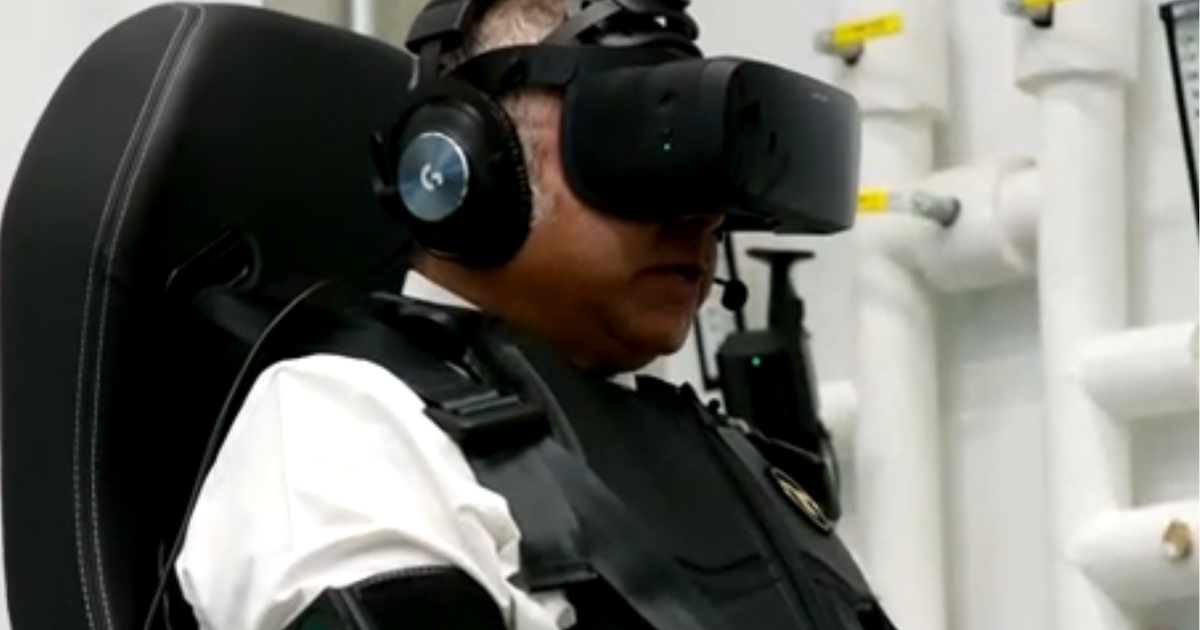Beyond the Horizon: How Cutting-Edge Tech is Combatting Pilot Spatial Disorientation and Revolutionizing Flight Safety

The Silent Threat in the Cockpit: Spatial Disorientation
For pilots, the vast expanse of the sky offers unparalleled freedom and breathtaking views. However, this seemingly limitless world also harbors a silent and insidious threat: spatial disorientation. This phenomenon, where a pilot loses their sense of position, altitude, and attitude, is a leading cause of aviation accidents, accounting for an alarming 5-10% of all general aviation incidents, according to the Federal Aviation Administration (FAA). Understanding this challenge and developing effective countermeasures is paramount to ensuring flight safety.
What Causes Spatial Disorientation?
Spatial disorientation isn't simply about losing your way. It arises from a conflict between what a pilot's eyes perceive and what their inner ear (the vestibular system) senses. Factors like reduced visibility (night flying, clouds, fog), unusual aircraft attitudes, and even the effects of certain maneuvers can trigger this disconnect. The brain struggles to reconcile these conflicting signals, leading to confusion, impaired judgment, and ultimately, loss of control.
The Promise of New Technology: A Game Changer for Flight Safety
Fortunately, innovation is stepping up to address this critical safety concern. A new wave of technology is emerging, designed to provide pilots with enhanced situational awareness and actively combat the effects of spatial disorientation. These advancements go far beyond traditional instruments and offer a more intuitive and reliable means of staying oriented.
Key Technological Advancements
- Augmented Reality (AR) Headsets: Imagine a cockpit where crucial flight data is seamlessly overlaid onto the pilot's view of the outside world. AR headsets are making this a reality. By integrating information like altitude, airspeed, and heading directly into the pilot's field of vision, these devices reduce the cognitive load and improve situational awareness, even in challenging conditions.
- Advanced Inertial Navigation Systems (INS): INS uses accelerometers and gyroscopes to track an aircraft's movement and orientation without relying on external references like GPS. Newer INS systems are significantly more accurate and robust, providing a reliable baseline for orientation even when GPS signals are unavailable or unreliable.
- Synthetic Vision Systems (SVS): SVS creates a virtual representation of the terrain and obstacles outside the aircraft, even in zero visibility. This 'synthetic view' allows pilots to 'see' the surrounding environment, preventing them from inadvertently flying into terrain or other hazards.
- Artificial Intelligence (AI) powered Flight Assistance: AI is being integrated into flight management systems to monitor pilot performance and provide real-time alerts if signs of spatial disorientation are detected. These systems can proactively intervene, guiding the pilot back to a safe flight path.
Looking Ahead: A Safer Future for Aviation
The integration of these technologies represents a significant leap forward in flight safety. By providing pilots with enhanced situational awareness and proactive assistance, these advancements are significantly reducing the risk of spatial disorientation-related accidents. As technology continues to evolve, we can expect even more sophisticated solutions to emerge, further safeguarding the lives of pilots and passengers and ushering in a new era of safer and more reliable air travel. The future of flight is looking brighter, thanks to these groundbreaking innovations.






